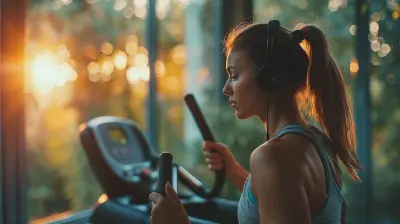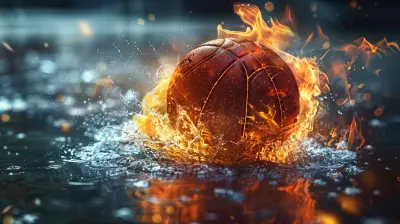Breaking Down the Biggest Athlete-Brand Collaborations
25 November 2025
In the world of sports, talent alone doesn’t always pay the bills. These days, athletes are more than just players on the field—they're influencers, icons, and bonafide brands themselves. And one of the most fascinating trends in the sports industry over the last couple of decades? Big-name brand collaborations.
We’re not just talking about athletes slapping their name on a product. We're talking about partnerships that redefine careers, shape popular culture, and sometimes, even create billion-dollar empires. So, grab a seat—we're about to break down the biggest athlete-brand collaborations, what made them iconic, and why they matter more than ever.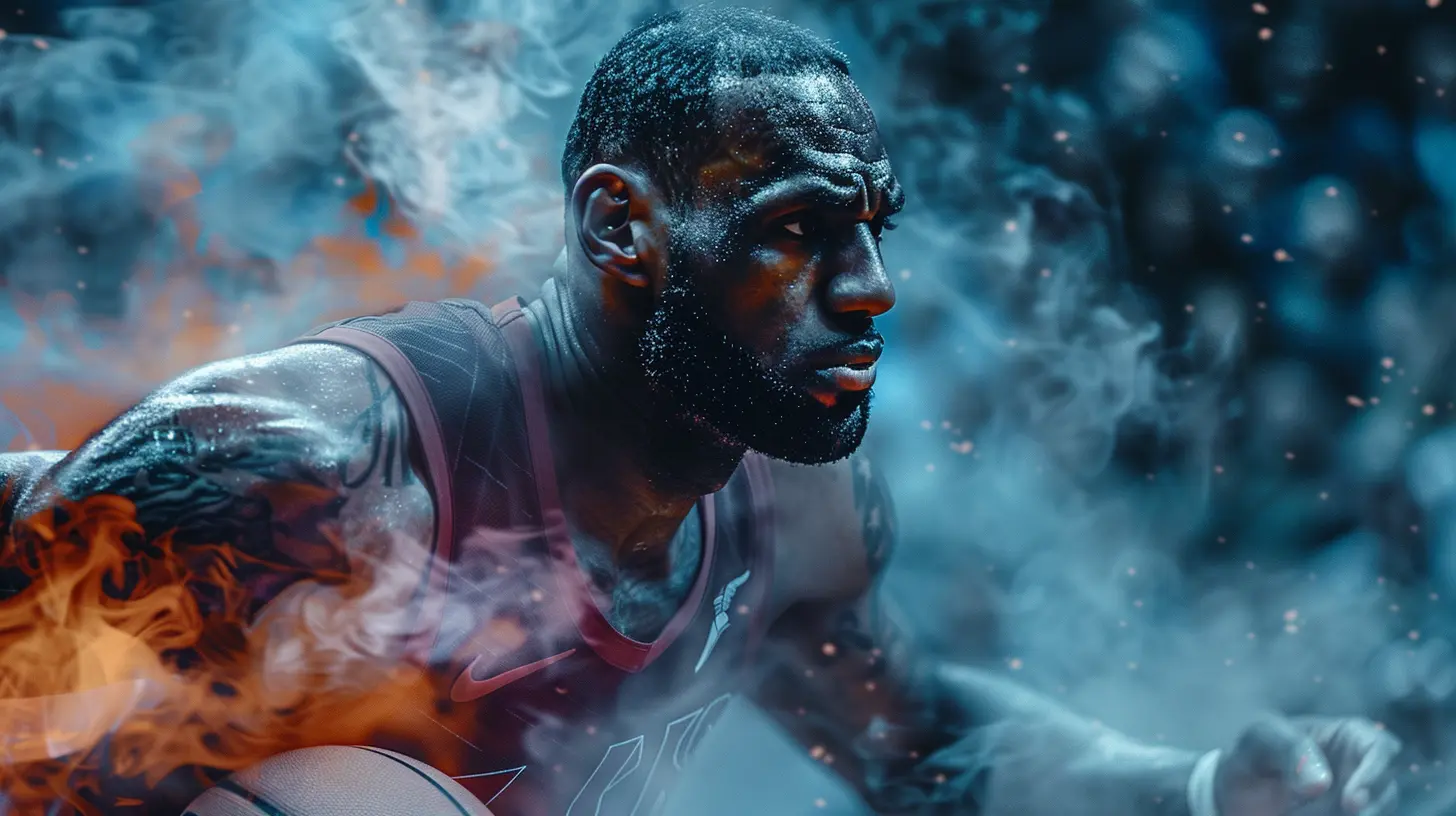
Why Athlete-Brand Collaborations Crack the Code
Before jumping into specifics, let’s set the stage. Why do these collaborations even matter?Simple. Athletes have one thing brands crave—eyeballs. Millions of them. On TV, on social media, in stadiums. And with loyalty that most businesses can only dream of. Fans don't just admire athletes—they trust them. That makes them the ultimate marketing magnets.
Now let’s take a closer look at the legends who not only played the game but changed the business of sports forever.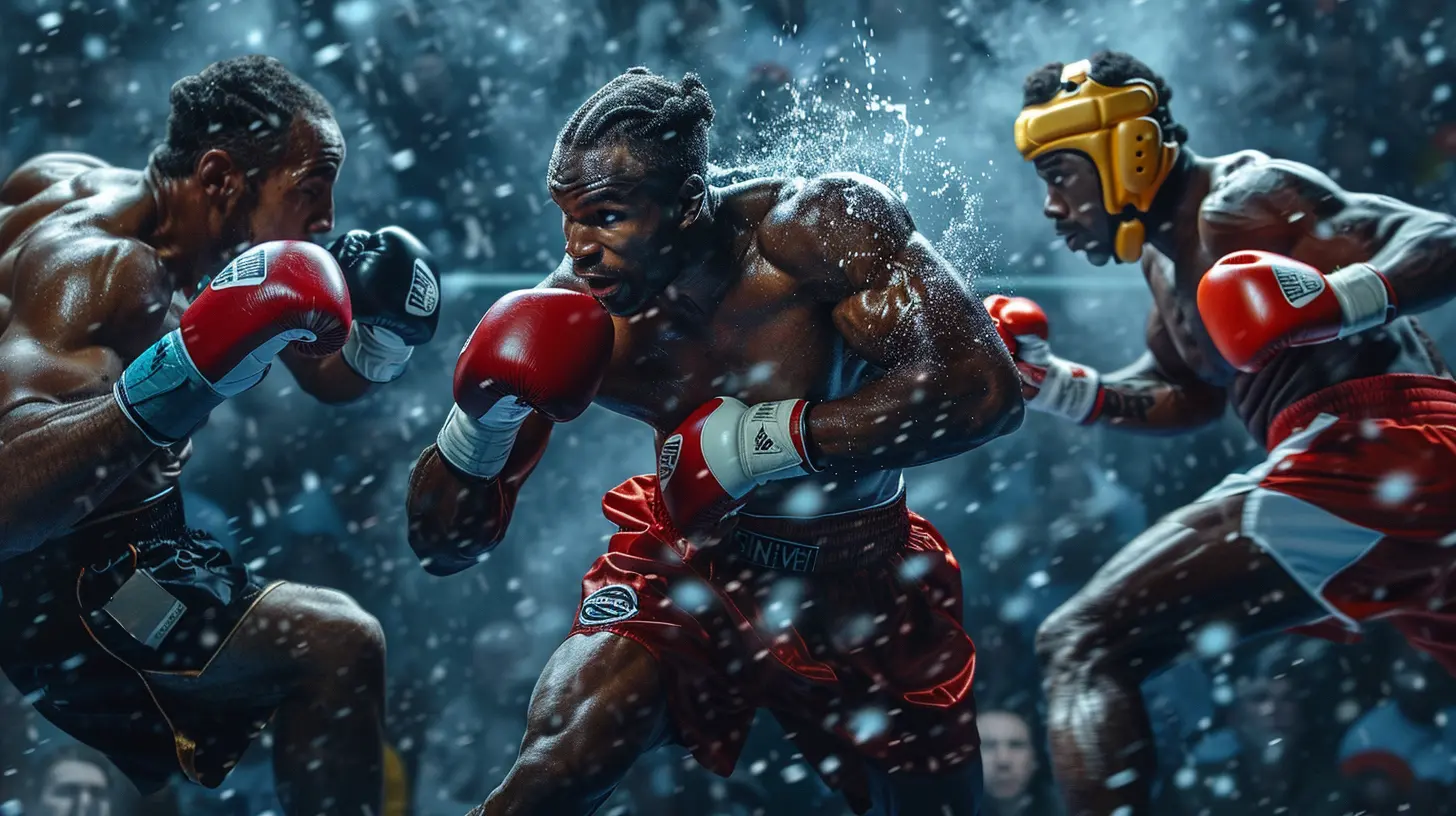
Michael Jordan × Nike: The Godfather of Athlete Endorsements
If you had to pick one deal that changed the rules forever, it’s this one. Back in 1984, Nike took a chance on a young rookie named Michael Jordan. At the time? They were trailing behind Adidas and Converse. Fast forward a few decades—and the Air Jordan line is worth over $3 billion annually.Let that sink in.
Jordan didn’t just get a signature shoe. He got a whole brand. And perhaps more importantly, he redefined what it means to be a sports marketing icon. His deal paved the path for every athlete-brand collab that came after.
Key Takeaway: Elevating an athlete into a personal brand can change not just careers—but corporate fortunes.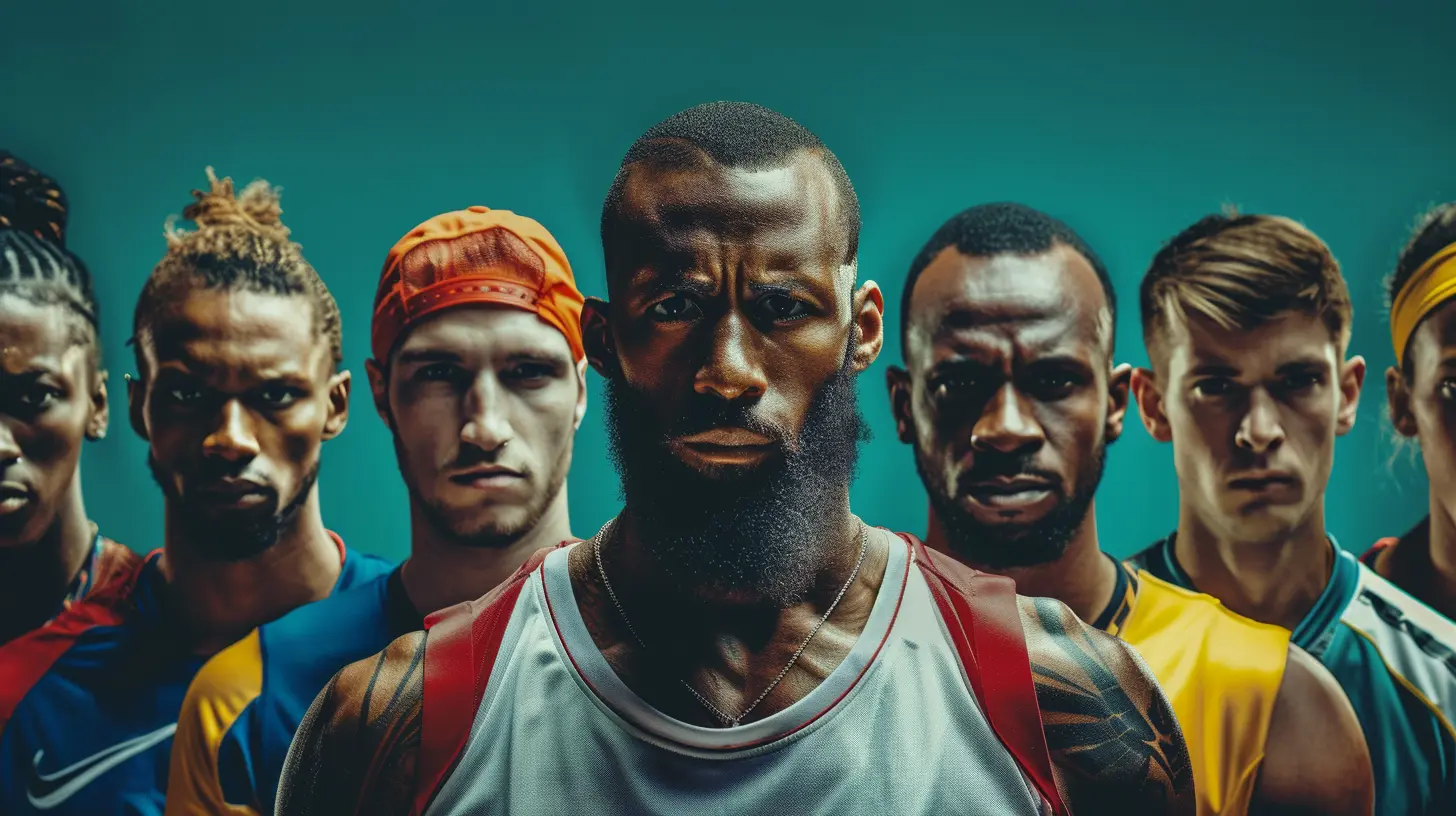
LeBron James × Nike: Billion-Dollar Loyalty
LeBron James stepped into the league with sky-high expectations, and his endorsement game was just as ambitious. His first Nike deal? $90 million before he even played an NBA game.Then came the clutch moment.
In 2015, LeBron signed a lifetime deal with Nike—reportedly worth over $1 billion. This wasn't just a shoe deal. It was a statement of legacy and loyalty.
And Nike’s been smart about it. They built LeBron’s brand around leadership, activism, and generational excellence—showing that collaborations can evolve as athletes do.
Pro Tip: The best brand partnerships grow with the athlete—they aren’t stuck in time.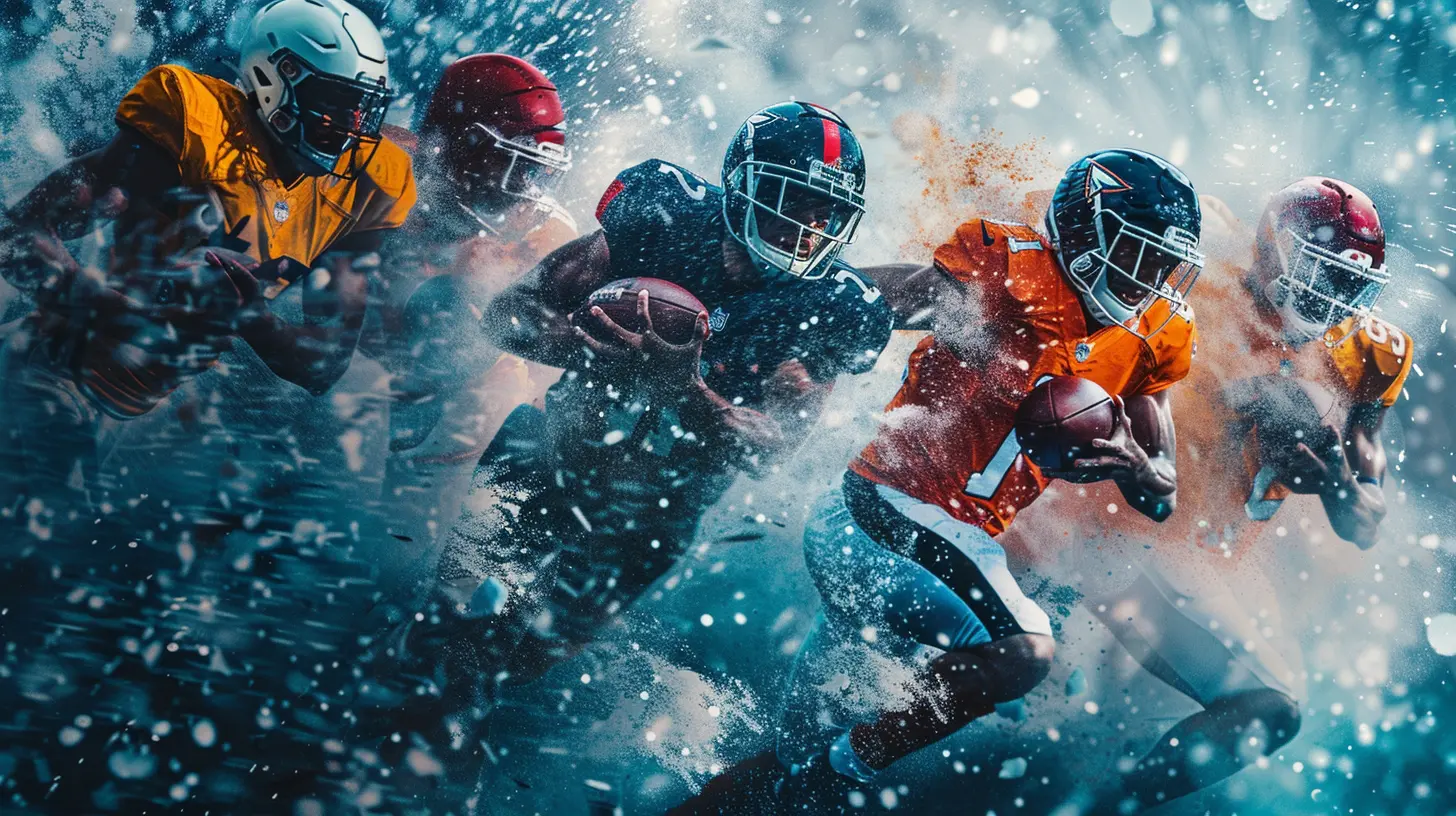
Serena Williams × Nike and Gatorade: Power and Poise
Serena Williams is more than a tennis champion—she’s a cultural force. Alongside Nike and Gatorade, Serena has reshaped how female athletes—particularly women of color—are represented in marketing.Her partnership with Nike celebrates not only her performance but her influence, style, and resilience. And her Gatorade ads? They tap into her role as an empowering role model, not just a sports figure.
What’s special here is authenticity. Serena’s image hasn’t been manufactured—it’s been magnified.
Takeaway: Authentic storytelling sells. Serena’s success shows that empowerment is the new power play in branding.
Cristiano Ronaldo × Nike and CR7
Cristiano Ronaldo has mastered the art of self-branding. His deal with Nike includes a lifetime contract too—only the third athlete ever to ink one of those.But there's a twist.
Ronaldo didn’t stop at selling gear. He turned his name—CR7—into a full-blown lifestyle brand, spanning everything from underwear to hotels. The guy is basically a globe-trotting marketing machine.
And fans? They eat it up.
Lesson: When athletes own their brand, they don't just endorse products—they build empires.
Tiger Woods × Nike: Redemption Through Loyalty
Back in the late ‘90s, Tiger Woods and Nike were golden. He wasn’t just winning tournaments—he was transforming golf into a primetime sport. Then came the scandals and the injuries.Many brands dropped Tiger. But guess who stuck around? Nike.
And, when Tiger made that epic Masters comeback in 2019? Nike had front-row seats, and his viral victory celebration was their marketing jackpot.
Moral of the story: Loyalty in tough times can turn into brand gold when the comeback hits.
Naomi Osaka × Nike, Levi's, and More: The New Age of Athlete Activism
Naomi Osaka isn’t just serving aces on the tennis court—she’s making waves in fashion, social justice, and mental health advocacy. Her Nike partnership includes a line that reflects her Japanese-Haitian heritage and personal style.But she didn’t stop there.
Naomi also teamed up with Levi’s for a customized denim collection and speaks openly about mental health in her campaigns. This multi-layered branding reflects her complex identity.
Why it's important: Brands love Naomi because she reflects today’s consumers—authentic, diverse, and socially conscious.
Tom Brady × Under Armour: GOAT Moves in the Gear Game
While Tom Brady isn’t typically as flashy as other athlete endorsers, his long-term deal with Under Armour has been quietly effective. Under Armour gave Brady equity—so he wasn’t just promoting, he was investing.Then came his own brand: BRADY, focused on performance apparel. It’s sleek, minimalist, and, like Tom, built to last.
What to learn: Equity beats salary. When athletes have skin in the game, the collaboration gets real.
Shaquille O'Neal × Reebok and… Pretty Much Everyone
Shaq may literally be larger than life, and so are his branding choices.He started with a mega deal with Reebok in the '90s, launching signature shoes that were hugely popular. But when fans complained they couldn’t afford them, Shaq made a bold move—he launched his own low-cost shoe brand sold at Walmart. 100+ million pairs later? He’s laughing all the way to the bank.
On top of that, Shaq's face is everywhere—car insurance, pizza, home security, you name it.
Bottom line: Shaq understood something big—relatability sells. And business moves with heart can go the distance.
Simone Biles × Athleta: A Break from the Norm
When Simone Biles broke away from Nike to sign with Athleta, it was more than just a contract shift—it was a mission shift.Athleta, owned by Gap, champions female empowerment, inclusivity, and mental well-being—all things that resonate deeply with Simone’s brand. She’s part of their campaigns, yes, but also their conversations.
And that’s powerful.
Insight: Athletes today are choosing brands that align with their values—not just their wallets.
Conor McGregor × Proper No. Twelve and Reebok
UFC star Conor McGregor isn’t shy about turning his fame into fortune. His Reebok deal brought fight-night glamor to sneakers and apparel—but the real knockout? His whiskey brand, Proper No. Twelve.Launched in 2018, McGregor turned a personal favorite into a global brand, selling a big stake in it for a reported $600 million. While battling in the octagon, he was also winning the branding game.
What This Shows: Side hustles can become center stage—if you play your cards right.
Stephen Curry × Under Armour: From Underdog to Power Player
Steph Curry’s rise in the NBA was mirrored by his rise in branding. After being passed over by Nike, he struck gold with Under Armour. The brand went all-in, even giving him equity and naming him president of his own Curry Brand.Now, Curry Brand is looking to rival Nike’s Jordan Brand. Think about that—a guy once seen as "too small" is now taking big swings in the sneaker market.
Mic drop: Betting on an athlete's story—not just stats—can pay off huge.
The Trend: Athletes as CEOs, Not Just Spokespeople
We're seeing a massive shift here—athletes are no longer just the face of a brand. They're thinking like entrepreneurs. They're in boardrooms, not just locker rooms. They’re co-creating and co-owning. And that changes everything.They don’t just use influence—they build it.
This trend is only going to grow. As NIL (Name, Image, and Likeness) rights take hold at the college level and social media gives everyone a platform, even high school stars are becoming brand-ready. The athlete-brand universe is just getting started.
Final Thoughts: What Makes Athlete-Brand Collabs Work?
Let’s wrap it up. After all these iconic collabs, you might be wondering—what’s the magic formula?Here’s the playbook:
- Authenticity: The athlete has to actually like and believe in the brand.
- Mutual Growth: The partnership should feel like a team—both sides benefit.
- Cultural Relevance: Align with what’s happening in the world.
- Long-Term Thinking: Quick bucks are good, but legacy moves win championships.
At the end of the day, it’s about connection. Between the athlete, the brand, and—most importantly—the fans.
Because in today’s world? People don’t just buy products. They buy stories, values, and identities.
And when those align? That’s when magic (and money) happens.
all images in this post were generated using AI tools
Category:
Brand EndorsementsAuthor:

Easton Simmons
Discussion
rate this article
1 comments
Sheena Ruiz
Insightful analysis! These collaborations redefine sports marketing and athlete influence in culture.
November 25, 2025 at 1:40 PM

